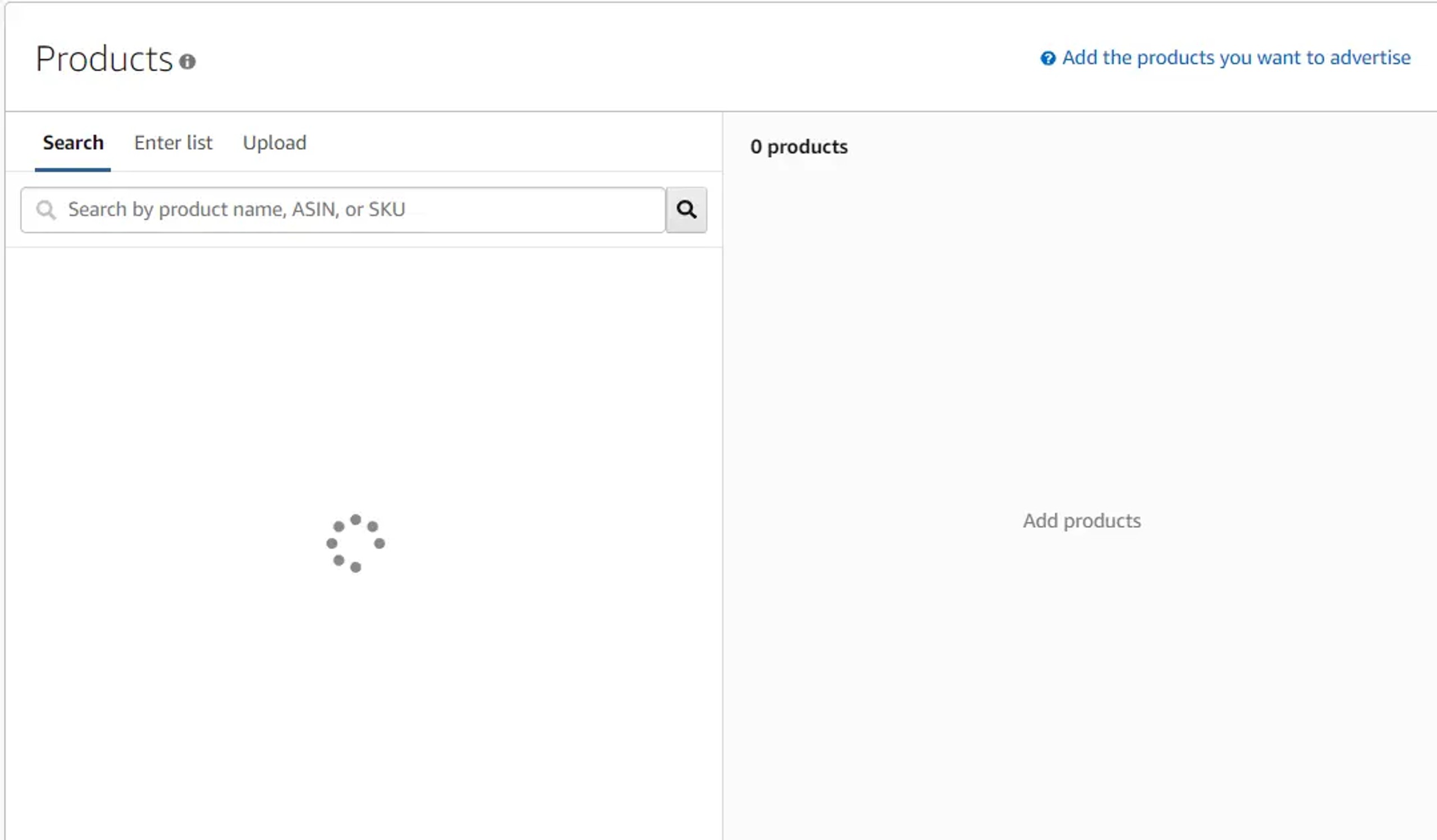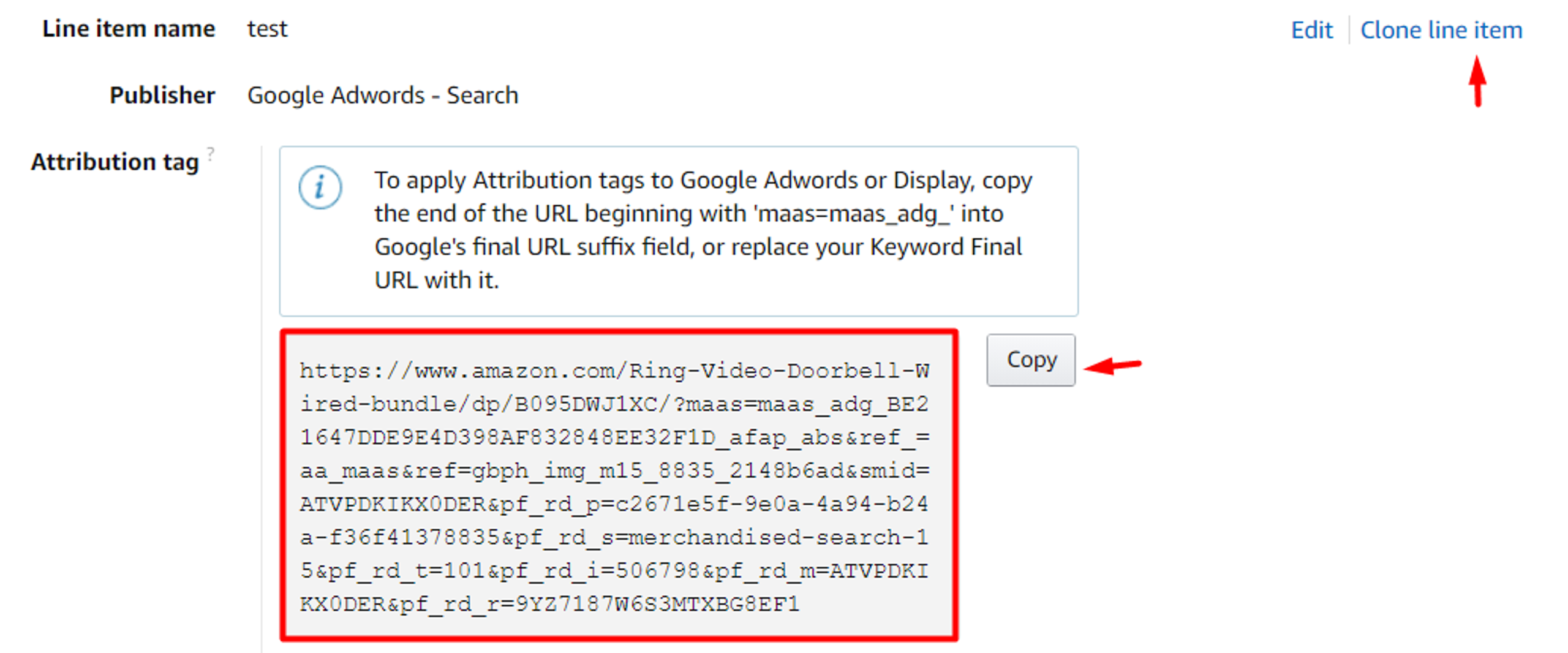How to Set Up an Amazon Advertising Campaign
Posted on 11/13/2023
Reviewed by Arnt Eriksen updated at 11/21/2023
Introduction
Advertising on Amazon can yield tremendously impactful results for your business by helping you stay competitive, enable product discovery, and drive incremental growth. In this article we will describe:
- Steps for creating a successful campaign on Amazon
- About Amazon Attribution
- General important points to know
Amazon Advertising is a service that works in a similar way to pay-per-click ads on Google: sellers only pay when shoppers click on their ads (regardless of whether or not the item sells).
Steps for creating a successful campaign:
1. Choose your campaign type

Amazon Sponsored Product Ads
Sponsored Product Ads are pay-per-click advertising campaigns that are most like the general PPC ads you would also run on Google or Bing. This type of ad uses keyword and product targeting to advertise specific, individual products. These ads appear alongside other products on the search results page or in a carousel on a product detail page.
Product Sponsored Display Ads
These ads are only available to vendors. If you are not a registered vendor with Amazon, you will not be allowed to run these ads.
Sponsored Brands Ads
Sponsored Brand Ads help to drive brand awareness, as traffic is funneled directly from the ad to your Amazon Storefront or your custom Amazon landing page. Once a customer clicks the ad, it’s all about your brand—no competitor listings will be in sight.
2. Choose your targeting strategy

3. Choose your bidding strategy

4. Add the products you want to advertise

5. Add both keywords and negative keywords
Keywords
Sponsored Product Ads use three different keyword match types to tie the keywords you bid on to a user’s search query:
- Broad Match
- Phrase Match
- Exact Match
Negative keywords are a great way to optimize your account, drive quality traffic, and increase your ROI. They can be used to remove non-converting search terms that drive a lot of traffic but have very poor conversion rates. You can also use Exact and Phrase match type negative keywords to remove less relevant terms or keywords that you do not want to associate with your specific product.
6. Control your costs
Advertisers who want to gain more visibility for their products on Amazon can pay for higher positions by bidding on specific keywords, which will lead to higher visibility on Amazon.
To calculate the cost for bidding, Amazon considers a number of different metrics, including:
- Click-through-rate (CTR) history
- Conversion rate
- Total sales
- Product title & description
- Search terms
- Bid
Like Google, bidding can either be done manually or by using one of Amazon’s automated strategies.
About Amazon Attribution
Amazon Attribution beta is a browser-based, self-service, advertising measurement solution that provides advertisers with information on sales impact analysis across media channels outside of Amazon Advertising.
To generate an attribution tag, start by creating an order. You can then create line items within your order(s) that correspond to your various non-Amazon media strategies.
Amazon allows you to choose the creation method, which could either be manual or file upload.

During the bulk uploading, we faced a problem. After adding keyword data to bulk operations, following the instructions and getting the proceed file with new attribution tags, we implemented it as a new URL on keywords and Ad groups level in Google Ads.

As a result, we tracked all data (i.e., clicks, purchases, etc.) at the Order level, but it was impossible to identify the keyword that lead to the purchase.
This problem was solved by manual addition of keywords.
- Keyword
- Link to the relevant Amazon listing
- Create

Thus, Amazon creates a unique URL with an attribution tag which should be implemented on the chosen platform (e.g., Google Ads or Facebook).
Display and Video Advertising
Copy the attribution tag and send it to your publisher for implementation in your ads. If you are implementing tracking on your own, enter the attribution tag as the click-through URL of your ad.
Search Advertising
For Google Ads (AdWords) or Bing campaigns, you can copy the attribution tag into the Final URL or Final URL Suffix fields.
Additionally, the following shows the field clone line item, which accelerates the manual upload of keywords.

Finally, once your attribution tags are implemented, clicks will start being recorded when your ads serve. You can validate the incoming traffic by matching clicks from Amazon Attribution to the reporting by the publisher or ad server.
It is not uncommon to see a 10-20% discrepancy when comparing Amazon Attribution to publisher or ad server traffic data. Don’t worry, this could be due to a number of factors, including a difference in click-counting methodology.
Important points to remember
- Amazon’s lifetime history contains only 3 months of data to download; therefore, it is important to frequently download reports to collect information on purchases and ROAS data.
- Thanks to this instruction, you have the opportunity to add a .csv file to a dashthis report (or similar tools) to retain information on important metrics.
- We set up Manual Broad, Automatic, and Manual Phrase-Exact Campaigns. Thanks to Automatic Campaign Search Terms, we can identify new keywords that we may have missed.
- It is important to make cross negatives of keywords, and exclude exact match type keywords from Broad and Phrase match type campaigns. Moreover, new inappropriate keywords have to be frequently excluded from Search Terms.
- Take advantage of KeyCollector, Keyword Planner, or Semrush when searching for new and relevant keywords. In some cases, it makes sense to combine an automatic-manual approach with manual campaigns that are created based on a relevant keywords list you collected through these tools.
- Through Amazon Attribution, it is possible to connect Google Ads Campaigns to an Amazon listing Page. We have done this for Exact and Phrase Google Ads Campaigns. We also applied this method to Facebook Remarketing.
- Amazon can hold the statistics / results on the purchases over the 2-3 preceding days. There are no official articles about this, but we found that Amazon continues to collect data over the preceding 7 days. Therefore, it makes sense to analyze previous data no sooner than at least after one week.

